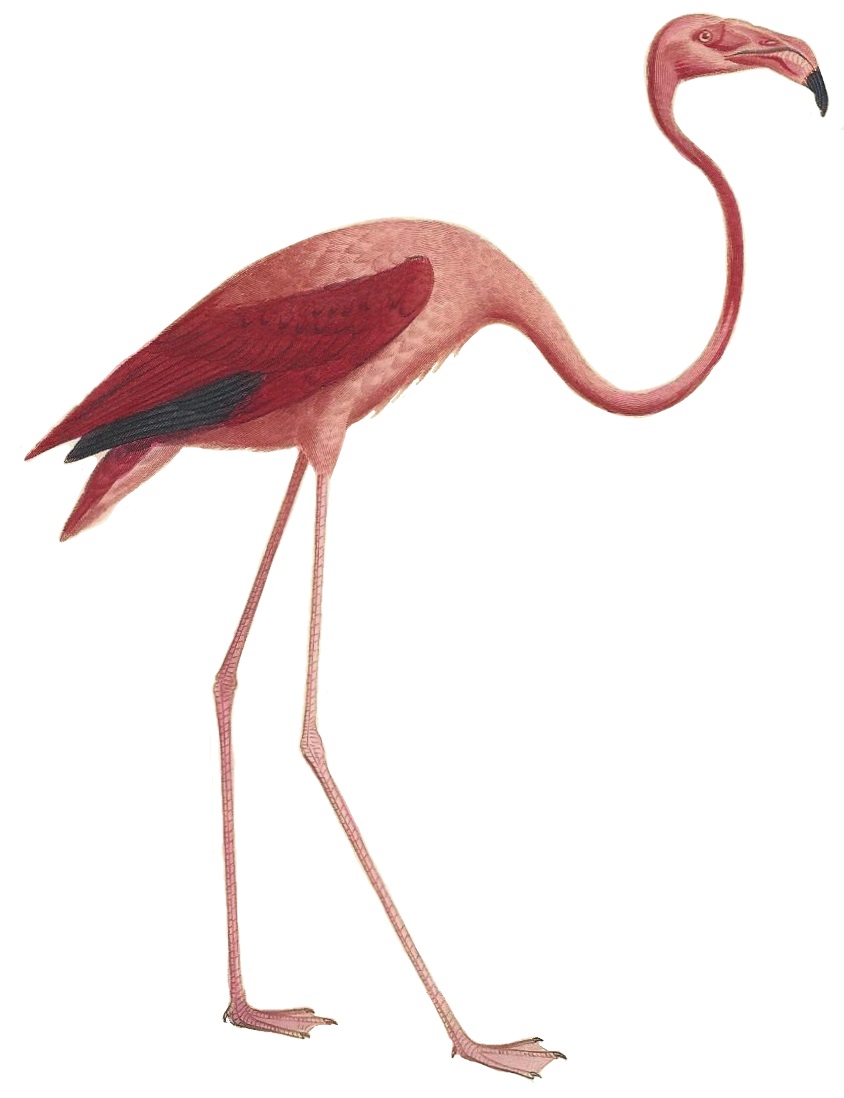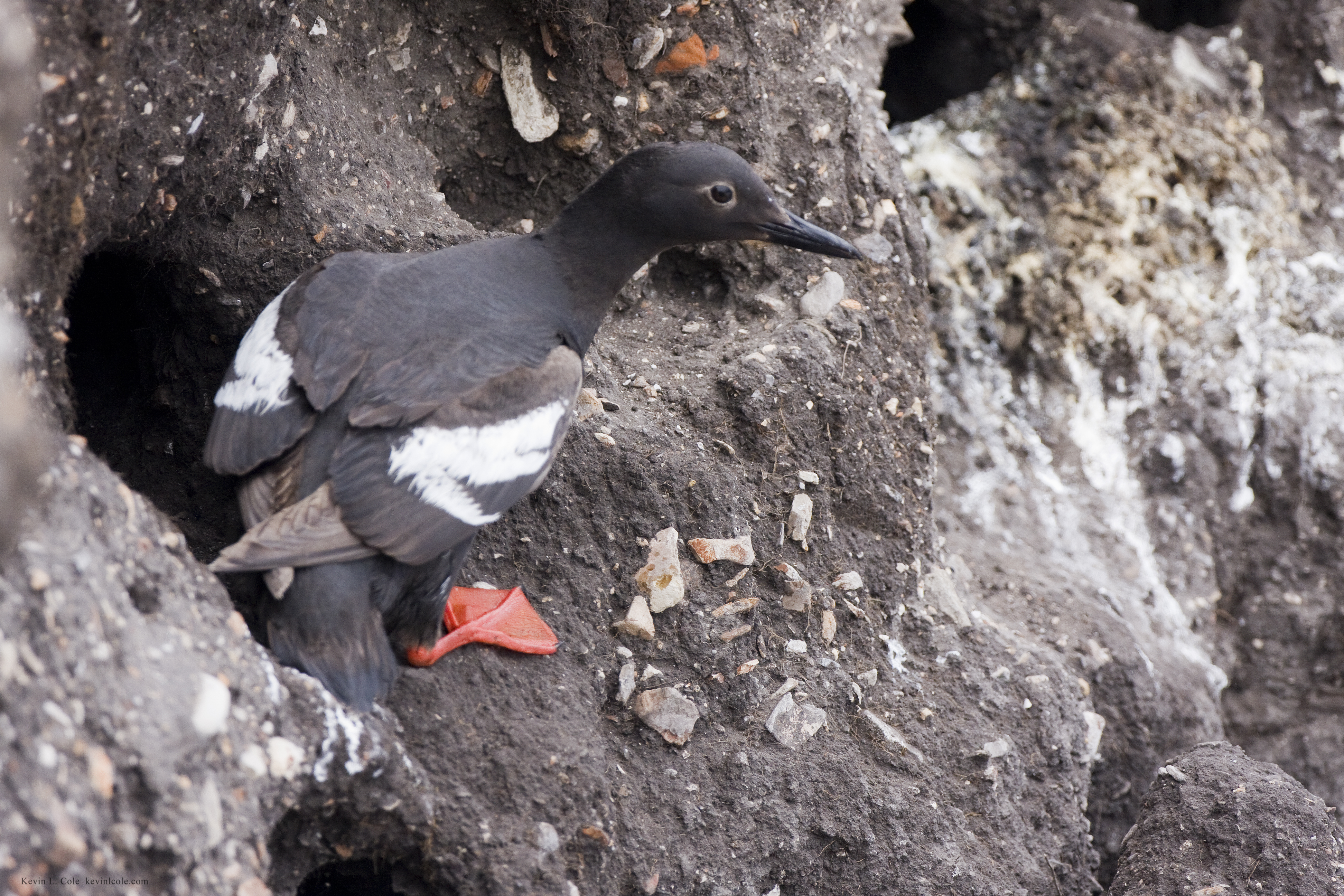|
Litusilvanae
Litusilvanae is a proposed clade of birds, position as the sister clade to Aequorlitornithes. This clade comprises Gruimorphae (orders Charadriiformes and Gruiformes) and Strisores (the order Caprimulgiformes and the clade Vanescaves Vanescaves is a probable clade of Strisores, strisorean birds that include the clades Oilbird, Steatornithiformes (the oilbird), Potoo, Nyctibiiformes (the potoos), Frogmouth, Podargiformes (frogmouths), and Apodimorphae, Apodimorphae (owlet-nigh ...). While different lines of evidence from molecular, morphology and the fossil record has found support in the clades Gruimorphae and Strisores Wu et al. (2024) was the first to find support in such a novel sister group relationship between these two taxa. References Neognathae {{bird-stub ... [...More Info...] [...Related Items...] OR: [Wikipedia] [Google] [Baidu] |
Aequorlitornithes
Aequorlitornithes is a clade of waterbirds recovered in a comprehensive genomic systematic study using nearly 200 species in 2015. It contains the clades Charadriiformes (waders and shorebirds), Mirandornithes (flamingos and grebes) and Phaethoquornithes (Eurypygimorphae and Aequornithes). Previous studies have found different placement for the clades in the tree. A 2024 study used Aequorlitornithes for a similar clade, which they recovered as part of Aquaterraves. This clade also included Opisthocomiformes and excluded Charadriiformes, which they recovered in Litusilvanae, a novel clade within Aquaterraves, which also included Gruiformes The Gruiformes ( ) are an order containing a considerable number of living and extinct bird families, with a widespread geographical diversity. Gruiform means "crane-like". Traditionally, a number of wading and terrestrial bird families that ... and Caprimulgimorphae. References Neognathae {{bird-stub ... [...More Info...] [...Related Items...] OR: [Wikipedia] [Google] [Baidu] |
Pigeon Guillemot
The pigeon guillemot (''Cepphus columba'') () is a species of bird in the auk family, Alcidae. One of three species in the genus ''Cepphus'', it is most closely related to the spectacled guillemot. There are five subspecies of the pigeon guillemot; all subspecies, when in , are dark brown with a black iridescent sheen and a distinctive wing patch broken by a brown-black wedge. Its has mottled grey and black and white . The long bill is black, as are the claws. The legs, feet, and inside of the mouth are red. It closely resembles the black guillemot, which is slightly smaller and lacks the dark wing wedge present in the pigeon guillemot. This seabird is found on North Pacific coastal waters, from Siberia through Alaska to California. The pigeon guillemot breeds and sometimes roosts on rocky shores, cliffs, and islands close to shallow water. In the winter, some birds move slightly south in the northernmost part of their range in response to advancing ice and bird migration, m ... [...More Info...] [...Related Items...] OR: [Wikipedia] [Google] [Baidu] |
Paleocene
The Paleocene ( ), or Palaeocene, is a geological epoch (geology), epoch that lasted from about 66 to 56 mya (unit), million years ago (mya). It is the first epoch of the Paleogene Period (geology), Period in the modern Cenozoic Era (geology), Era. The name is a combination of the Ancient Greek ''palaiós'' meaning "old" and the Eocene Epoch (which succeeds the Paleocene), translating to "the old part of the Eocene". The epoch is bracketed by two major events in Earth's history. The K–Pg extinction event, brought on by an asteroid impact (Chicxulub impact) and possibly volcanism (Deccan Traps), marked the beginning of the Paleocene and killed off 75% of species, most famously the non-avian dinosaurs. The end of the epoch was marked by the Paleocene–Eocene Thermal Maximum (PETM), which was a major climatic event wherein about 2,500–4,500 gigatons of carbon were released into the atmosphere and ocean systems, causing a spike in global temperatures and ocean acidification. ... [...More Info...] [...Related Items...] OR: [Wikipedia] [Google] [Baidu] |
Danian
The Danian is the oldest age or lowest stage of the Paleocene Epoch or Series, of the Paleogene Period or System, and of the Cenozoic Era or Erathem. The beginning of the Danian (and the end of the preceding Maastrichtian) is at the Cretaceous–Paleogene extinction event . The age ended , being followed by the Selandian. Stratigraphic definitions The Danian was introduced in scientific literature by German-Swiss geologist Pierre Jean Édouard Desor in 1847 following a study of fossils found in France and Denmark.Danien Den Store Danske Encyklopædi He identified this stage in deposits from [...More Info...] [...Related Items...] OR: [Wikipedia] [Google] [Baidu] |
Late Cretaceous
The Late Cretaceous (100.5–66 Ma) is the more recent of two epochs into which the Cretaceous Period is divided in the geologic time scale. Rock strata from this epoch form the Upper Cretaceous Series. The Cretaceous is named after ''creta'', the Latin word for the white limestone known as chalk. The chalk of northern France and the white cliffs of south-eastern England date from the Cretaceous Period. Climate During the Late Cretaceous, the climate was warmer than present, although throughout the period a cooling trend is evident. The tropics became restricted to equatorial regions and northern latitudes experienced markedly more seasonal climatic conditions. Geography Due to plate tectonics, the Americas were gradually moving westward, causing the Atlantic Ocean to expand. The Western Interior Seaway divided North America into eastern and western halves; Appalachia and Laramidia. India maintained a northward course towards Asia. In the Southern Hemisphere, Aus ... [...More Info...] [...Related Items...] OR: [Wikipedia] [Google] [Baidu] |
Molecular Clock
The molecular clock is a figurative term for a technique that uses the mutation rate of biomolecules to deduce the time in prehistory when two or more life forms diverged. The biomolecular data used for such calculations are usually nucleotide sequences for DNA, RNA, or amino acid sequences for proteins. Early discovery and genetic equidistance The notion of the existence of a so-called "molecular clock" was first attributed to Émile Zuckerkandl and Linus Pauling who, in 1962, noticed that the number of amino acid differences in hemoglobin between different lineages changes roughly linearly with time, as estimated from fossil evidence. They generalized this observation to assert that the rate of evolutionary change of any specified protein was approximately constant over time and over different lineages (known as the molecular clock hypothesis). The genetic equidistance phenomenon was first noted in 1963 by Emanuel Margoliash, who wrote: "It appears that the number ... [...More Info...] [...Related Items...] OR: [Wikipedia] [Google] [Baidu] |
Clade
In biology, a clade (), also known as a Monophyly, monophyletic group or natural group, is a group of organisms that is composed of a common ancestor and all of its descendants. Clades are the fundamental unit of cladistics, a modern approach to taxonomy adopted by most biological fields. The common ancestor may be an individual, a population, or a species (extinct or Extant taxon, extant). Clades are nested, one in another, as each branch in turn splits into smaller branches. These splits reflect evolutionary history as populations diverged and evolved independently. Clades are termed ''monophyletic'' (Greek: "one clan") groups. Over the last few decades, the cladistic approach has revolutionized biological classification and revealed surprising evolutionary relationships among organisms. Increasingly, taxonomists try to avoid naming Taxon, taxa that are not clades; that is, taxa that are not Monophyly, monophyletic. Some of the relationships between organisms that the molecul ... [...More Info...] [...Related Items...] OR: [Wikipedia] [Google] [Baidu] |
Gruimorphae
Gruimorphae is a clade of birds that contains the orders Charadriiformes (plovers, gulls, and allies) and Gruiformes (cranes and rails) identified by molecular analysis. This grouping has had historical support, as various charadriiform families such as the families Pedionomidae and Turnicidae were classified as gruiforms. It may also have support from the fossil record since the discovery of '' Nahmavis'' from the Early Eocene of North America. The relationship between these birds is due to similar anatomical and behavioral characteristics. A morphological study went further to suggest that the gruiforms might be paraphyletic in respect to the shorebirds, with the rails being closely related to the buttonquail Buttonquail or hemipodes are members of a small family of birds, Turnicidae, which resemble, but are not closely related to, the quails of Phasianidae. They inhabit warm grasslands in Asia, Africa, Europe, and Australia. There are 18 species in ...s. References ... [...More Info...] [...Related Items...] OR: [Wikipedia] [Google] [Baidu] |
Strisores
Strisores ( ), sometimes called nightbirds, is a clade of birds that includes the living family (biology), families and order (biology), orders Caprimulgidae (nightjars, nighthawks and allies), Nyctibiidae (potoos), Steatornithidae (oilbirds), Podargidae (frogmouths), Apodiformes (swifts and hummingbirds), as well as the Aegotheliformes (owlet-nightjars) whose distinctness was only recently realized. The Apodiformes (which include the "Trochiliformes" of the Sibley-Ahlquist taxonomy) and the Aegotheliformes form the Apodimorphae, Daedalornithes. Description The material evidence for this group is very equivocal; the most ancient Strisores are quite nondescript tree-dwellers but already tend towards peculiarly apomorphic feet, and no Cretaceous fossils are known. Torpor and other metabolic peculiarities are frequently found in this group, perhaps more often than in any other bird lineage. The synapomorphies that define this clade are the ''ossa maxillaria'' separated by a large c ... [...More Info...] [...Related Items...] OR: [Wikipedia] [Google] [Baidu] |
Clade
In biology, a clade (), also known as a Monophyly, monophyletic group or natural group, is a group of organisms that is composed of a common ancestor and all of its descendants. Clades are the fundamental unit of cladistics, a modern approach to taxonomy adopted by most biological fields. The common ancestor may be an individual, a population, or a species (extinct or Extant taxon, extant). Clades are nested, one in another, as each branch in turn splits into smaller branches. These splits reflect evolutionary history as populations diverged and evolved independently. Clades are termed ''monophyletic'' (Greek: "one clan") groups. Over the last few decades, the cladistic approach has revolutionized biological classification and revealed surprising evolutionary relationships among organisms. Increasingly, taxonomists try to avoid naming Taxon, taxa that are not clades; that is, taxa that are not Monophyly, monophyletic. Some of the relationships between organisms that the molecul ... [...More Info...] [...Related Items...] OR: [Wikipedia] [Google] [Baidu] |
Bird
Birds are a group of warm-blooded vertebrates constituting the class (biology), class Aves (), characterised by feathers, toothless beaked jaws, the Oviparity, laying of Eggshell, hard-shelled eggs, a high Metabolism, metabolic rate, a four-chambered heart, and a strong yet lightweight Bird skeleton, skeleton. Birds live worldwide and range in size from the bee hummingbird to the common ostrich. There are over 11,000 living species and they are split into 44 Order (biology), orders. More than half are passerine or "perching" birds. Birds have Bird wing, wings whose development varies according to species; the only known groups without wings are the extinct moa and elephant birds. Wings, which are modified forelimbs, gave birds the ability to fly, although further evolution has led to the Flightless bird, loss of flight in some birds, including ratites, penguins, and diverse endemism, endemic island species. The digestive and respiratory systems of birds are also uniquely a ... [...More Info...] [...Related Items...] OR: [Wikipedia] [Google] [Baidu] |
Charadriiformes
Charadriiformes (, from '' Charadrius'', the type genus of family Charadriidae) is a diverse order of small to medium-large birds. It includes about 390 species and has members in all parts of the world. Most charadriiform birds live near water and eat invertebrates or other small animals; however, some are pelagic (seabirds), others frequent deserts, and a few are found in dense forest. Members of this group can also collectively be referred to as shorebirds. Taxonomy, systematics and evolution The order was formerly divided into three suborders: * The waders (or "Charadrii"): typical shorebirds, most of which feed by probing in the mud or picking items off the surface in both coastal and freshwater environments. * The gulls and their allies (or " Lari"): these are generally larger species which take fish from the sea. Several gulls and skuas will also take food items from beaches, or rob smaller species, and some have become adapted to inland environments. * The auks (or "Al ... [...More Info...] [...Related Items...] OR: [Wikipedia] [Google] [Baidu] |







